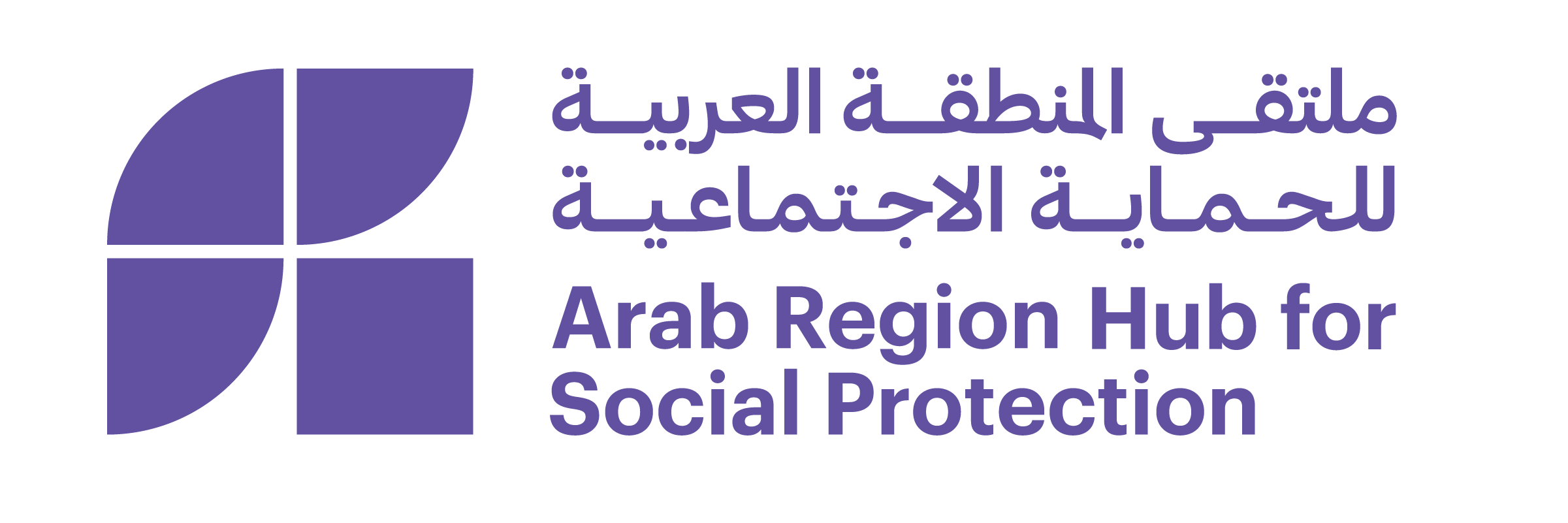Author: Chiara Genovese, Consortium Manager for CAMEALEON

This blog post is part of a series on Social Protection in the Arab Region. For the other papers in the series, please refer to “related publications” at the end of the page.
This series also includes a blog post in Arabic, accessible via this link.
Since October 2019, Lebanon has experienced one of the ten worst economic crises globally since the 19th century, compounded by the COVID-19 pandemic and the Beirut port explosion1 . The Lebanese lira has lost over 98% of its value since the start of the crisis and annual inflation reached 264% in the year to March 20232 . In December 2022, 37% of the population, including refugee and host communities, lived in acute food insecurity3 . In the face of the multi-pronged crisis, the systems used to deliver humanitarian assistance remained resilient and were able to scale-up rapidly to meet the increasing needs of the refugee population4 . In contrast, the national social security system for Lebanese have been slow to adapt to the rapidly changing environment. While international grants and loans aim to strengthen social protection systems in Lebanon, before the crisis, Lebanon spent only 6% of its GDP on social protection, excluding health and subsidies, which is below the middle-income countries’ average social spending of 8%5 . The largest portion of this spending was allocated to social insurance for public-sector workers while 34% of the Lebanese citizens, the ‘missing middle’, were completely excluded from the social protection system6 .
Social relations between the refugee and host communities have dramatically deteriorated in recent months. In March 2023, nearly 85% of the population in Lebanon thought that vulnerable Lebanese had been neglected by the international aid/assistance programs and over 25% of the population thought that aid distribution was unfair7 . Rumors related to cash assistance are widespread and contribute to misinformation. Rumors such as “cash assistance is keeping Syrian refugees in Lebanon” and “Syrians travel to Lebanon to withdraw their assistance and spend it in Syria” are unsupported by evidence. While social protection systems have the potential to transform relationships in society by reducing structural inequalities social tensions, the following features of the social protection system in Lebanon place important barriers to the fulfillment of its social cohesion function.
First, the crisis has plunged over two thirds of the Lebanese population into poverty8 . This is the first time that many Lebanese families experience poverty. Some of them may feel the stigma of being on the receiving-end of social transfers and be unwilling to disclose their assistance status. A similar dynamic was observed with Syrian refugees: “When we first arrived, we were too ashamed to register, you know? We thought our living all together was rather shameful. But we felt braver when we saw everyone else going. It’s just hard asking for help. You feel like a beggar. But once you receive assistance, it feels good”, said Yara, 35, a Syrian refugee living in Central Bekaa Valley9 .
Second, the lack of a national social registry means that it is difficult to record and report on the amount of social assistance that goes to the Lebanese population. In March 2023, the National Poverty Targeting Programme (NPTP), a national social safety net, and the Emergency Social Safety Net (ESSN), a temporary scale-up of NPTP, jointly reached nearly 150,000 Lebanese households10 . However, they are implemented and reported under different response frameworks. While multiple calls have been made by local civil society organizations to establish a national social registry11 , the existing fragmented systems have important implications for transparency and accountability to affected population.
Third, targeting for humanitarian cash assistance and social assistance is predominantly based on proxy-means testing (PMT), a statistical approach that uses socio-economic characteristics to estimate vulnerability and poverty levels. While PMT approaches support the rapid scale-up of social assistance at times of covariate shocks that affect large portions of the population, they are often perceived as a black box by affected populations. In 2018, the UN call center received over a million calls by Syrian refugees in Lebanon, of which 71% related to targeting12 . PMT approaches suffer from significant exclusion errors. An increasing body of evidence sheds light on the strategies that affected populations use to cope with exclusion errors from targeted assistance, such as sending children to live with beneficiary families13 . While policy-makers continue to invest resources in calibrating the statistical formula to identify those who are eligible for assistance, affected populations effectively enact a progressive redistribution of resources. As Meg Sattler, Director at Ground Truth Solutions, wrote: “Principles and standards are critically important, but we might need more rigorous reflection on what is protection and what is paternalism”14 .
Social cohesion between refugee and host communities is deteriorating at a rapid pace in Lebanon. Since April 2023, discriminatory raids have resulted in the deportation of hundreds of Syrian refugees to Syria15 . A rights-based social protection system contributes to strengthening the social contract between the state and its citizens. Rights, as opposed to handouts, provide an equitable foundation of social security and prevent feelings of stigma. A national social registry offers a transparent source of information and a tangible measure of how resources generated through taxation are being spent. Clear and easy-to-understand targeting criteria contribute to a perception of fairness. The experience in Lebanon demonstrates the importance of a rights-based, transparent, and accountable social protection system for refugee and host communities to live together in peace.
The views and opinions expressed in this blog article are those of the authors and do not necessarily reflect those of the Arab Reform Initiative or the Arab Region Hub for Social Protection
Endnotes
The views represented in this paper are those of the author(s) and do not necessarily reflect the views of the Arab Reform Initiative, its staff, or its board.

Comments are closed, but trackbacks and pingbacks are open.